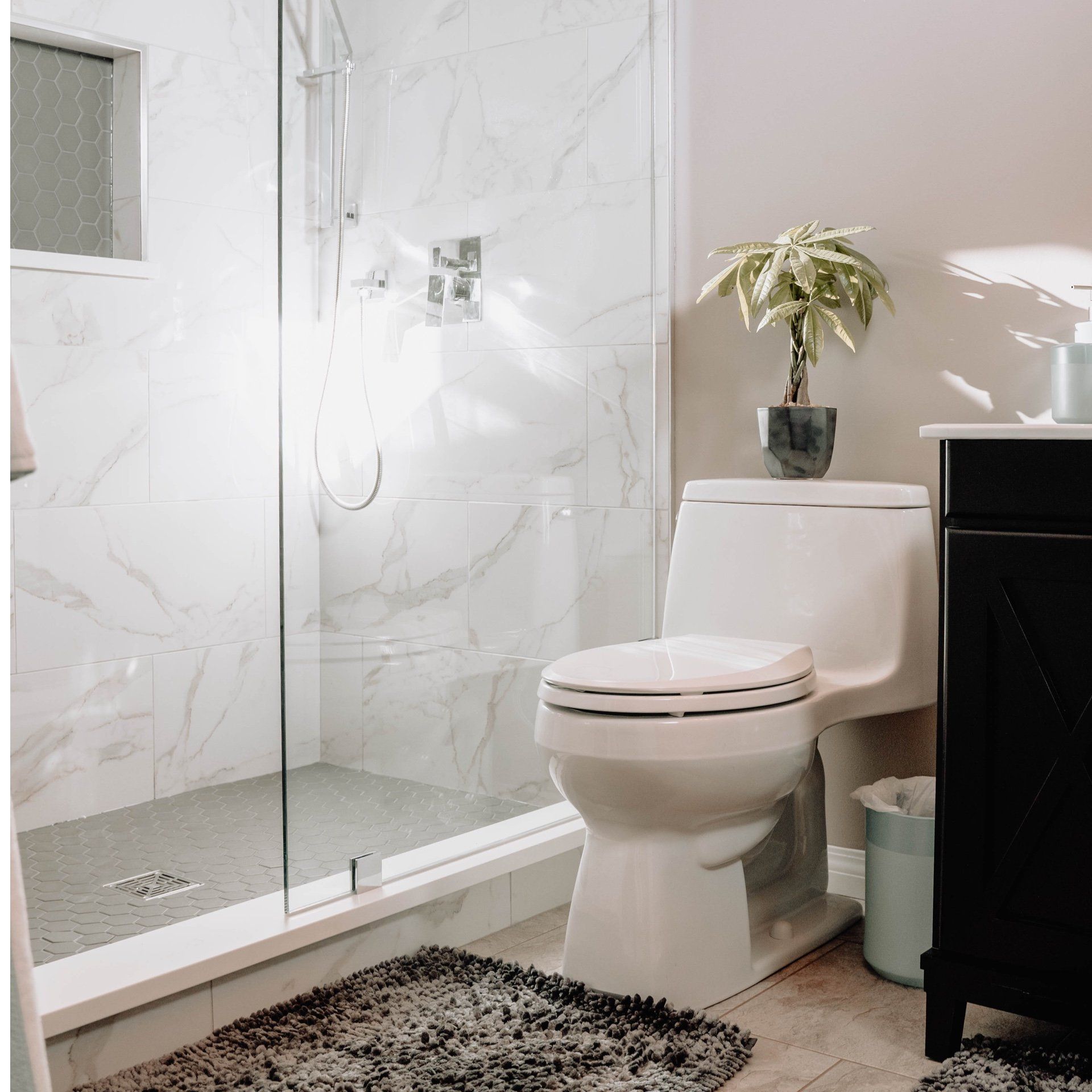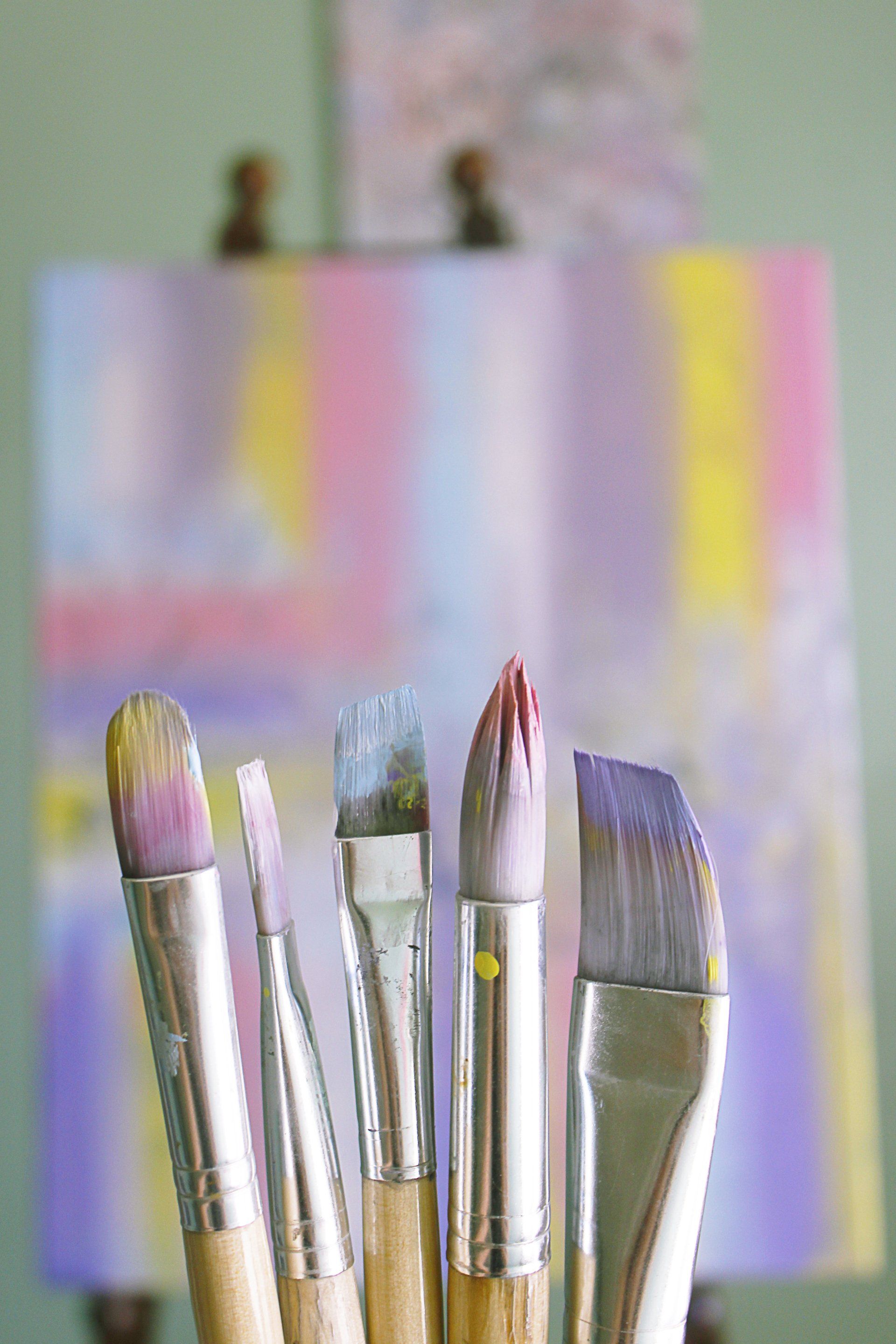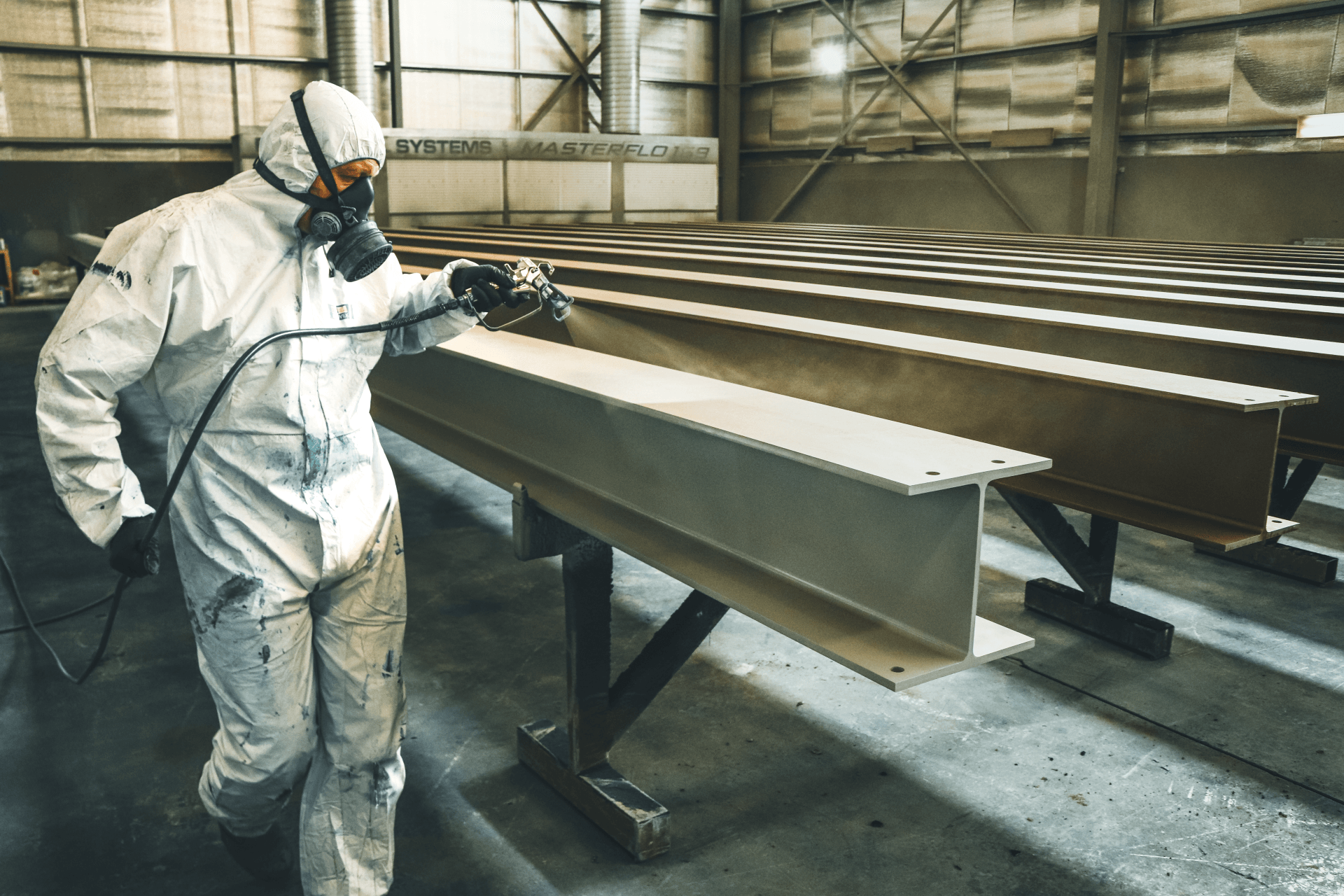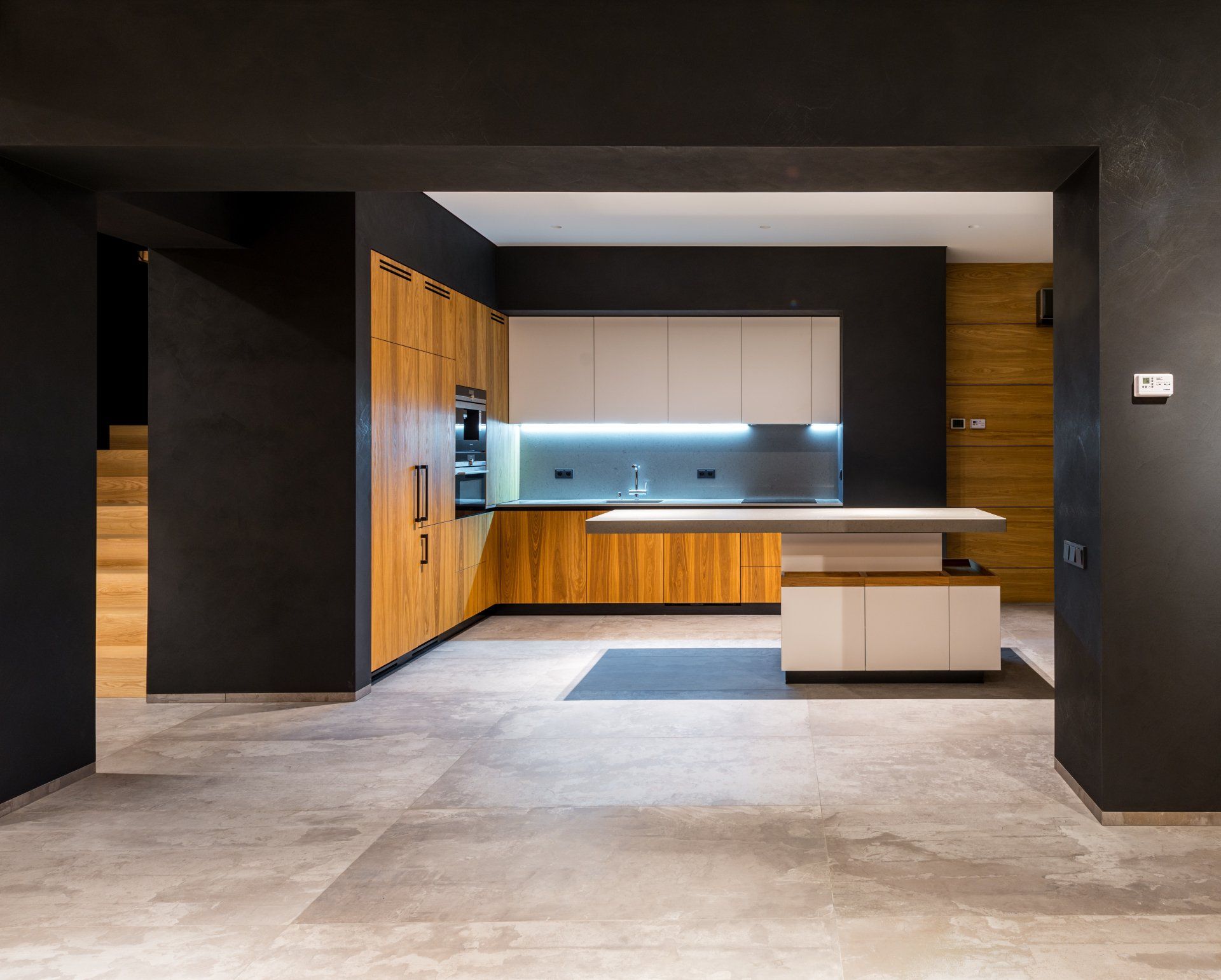Open the Door to Color: A Step-by-Step Guide to Painting Your Doors and Windows
Unlocking a World of Color: Expert Tips for Door and Window Painting Perfection
Painting the doors and windows of your home can be a transformative experience, breathing new life into your living space. Whether you're looking to revamp your interior or exterior, this comprehensive guide will take you through the journey of selecting the best paint for doors and trim, understanding house painting costs, and even tips on whether to hire a professional painter.
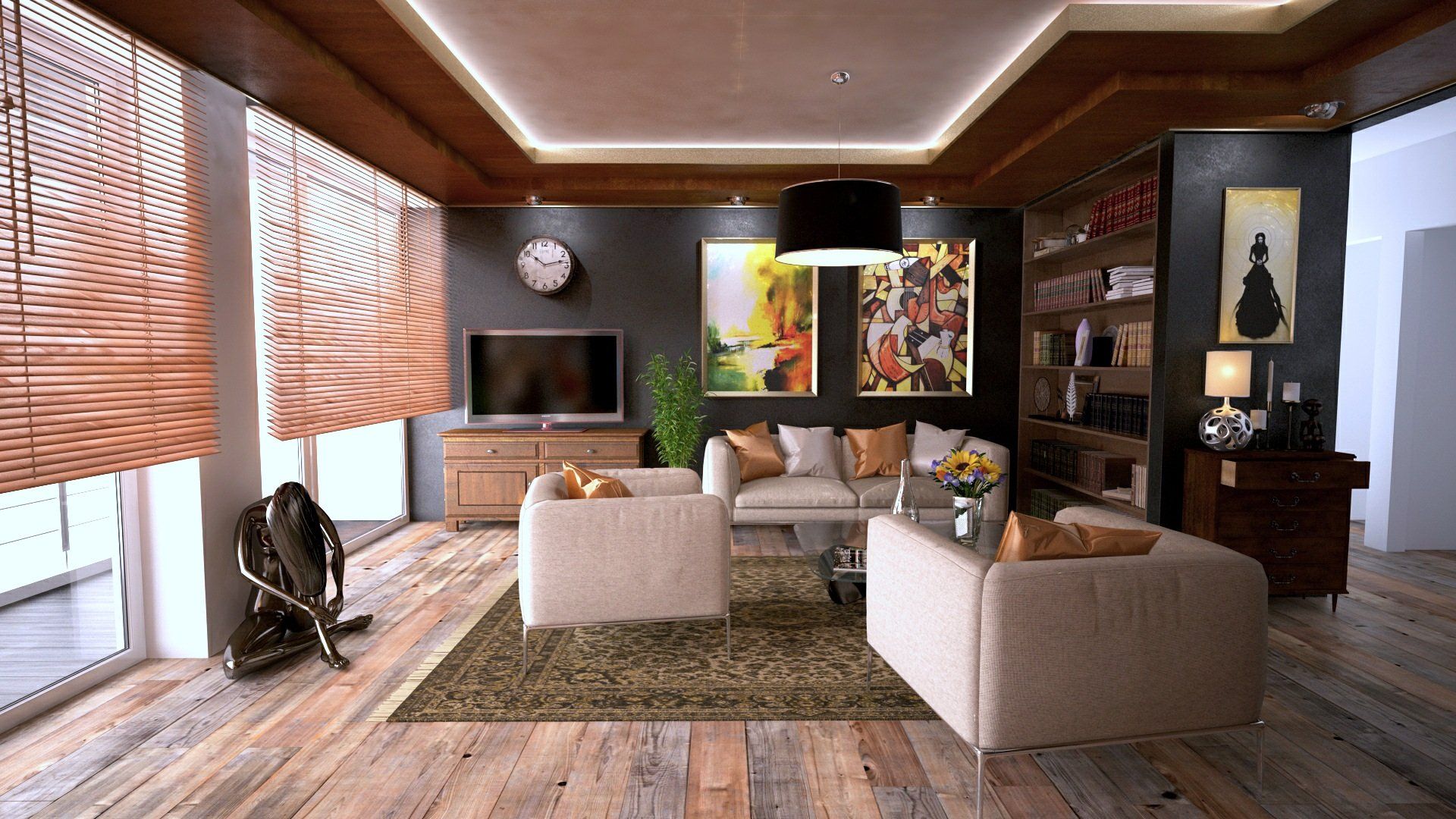
Understanding the Basics of Door and Window Painting
Choosing the Right Paint
Selecting the best paint for doors and trim is crucial. For wooden doors, wooden door paint is specifically designed to adhere to timber surfaces, offering durability and a smooth finish. On the other hand, steel door paint is formulated for metal doors, providing rust protection and a sleek look.
Cost Considerations
When planning your painting project, consider the house painting cost. The cost can vary significantly based on the size of the project, the type of paint used, and whether you decide to hire a professional painter.
Preparing for the Paint Job
1. Cleaning and Sanding
Before you begin painting, ensure your doors and windows are clean and smooth. Remove any old paint, and sand the surface lightly. This step is crucial for both household painting and professional jobs.
2. Priming
Apply a suitable primer to help the paint adhere better and to achieve a more uniform color.
The Painting Process
Interior Painter Techniques
When painting interior doors and windows, choose a trim paint that complements your interior decor. An interior painter will typically use a semi-gloss or gloss finish for ease of cleaning and durability.
Exterior Considerations
For exterior doors and windows, the paint needs to withstand weather conditions. House trim painting requires paints that are resistant to moisture and UV rays.
Hiring a Professional Painter
When to Hire a Painter
If you're unsure about tackling the project yourself, it may be wise to hire a professional painter. Especially for intricate trim work, a professional can ensure a seamless finish.
Painter Philadelphia: Finding Local Experts
If you're in Philadelphia, searching for a 'painter Philadelphia' can lead you to local professionals who understand the specific climate considerations of the area.
Paint Contractor: What to Look For
When hiring a paint contractor, ensure they have a good track record, proper licensing, and insurance. Discuss your vision with them and make sure they understand your expectations.
DIY Painting Tips
1. Choosing Tools and Materials
Invest in high-quality brushes and rollers for a smoother application. The right tools can make a significant difference in the finish of your paint job.
2. Application Techniques
Apply paint in even, long strokes. For trim painting, use a smaller brush for precision.
Understanding Professional Painter Cost
The cost of hiring a professional painter can vary. Factors influencing professional painter cost include the complexity of the job, the type of paint used, and the duration of the project.
Why Hire a Professional Painter
1. Expertise and Efficiency
Professional painters bring expertise and efficiency to the job. They can complete the project faster and with a higher quality finish.
2. Long-term Cost-Effectiveness
While the initial cost might be higher, professional work often lasts longer, making it a cost-effective solution in the long run.
Finding the Best Paint for Trim
Selecting the best paint for trim is vital for a lasting and appealing finish. Trim paints are usually more durable and glossier to stand up to handling and cleaning.
The Art of House Trim Painting
Trim painting, whether it's around doors or windows, requires attention to detail. A steady hand and patience are crucial for achieving crisp lines and a professional look.
Final Touches and Maintenance
1. Touch-Ups
After the paint has dried, inspect your work. Use a small brush for any touch-ups.
2. Maintenance
Regular cleaning and occasional touch-ups can keep your doors and windows looking fresh for years.
Conclusion
Painting your doors and windows can be a rewarding project, whether you decide to DIY or hire a professional. By understanding the nuances of choosing the right paint, preparing the surfaces, and employing the correct techniques, you can open the door to a world of color and transformation in your home. Remember, whether you are contemplating household painting or seeking a painter Philadelphia style, the key is in the details and the passion you bring to your project.

